Musical instruments have a way of capturing our imaginations, not just through their sounds but also through their unique histories and designs. Among the myriad instruments that have graced stages and studios, some stand out due to their rarity and the remarkable craftsmanship behind them. From ancient creations to modern innovations, these rare musical instruments each have a story to tell, offering a glimpse into the diverse and fascinating world of music. In this article, we explore 19 of the rarest musical instruments, delving into what makes each one so extraordinary.
The Octobass

The Octobass is an extremely rare and massive string instrument that was invented by the French luthier Jean-Baptiste Vuillaume in 1850. Standing at over 11 feet tall, it produces the lowest notes of any stringed instrument, reaching frequencies lower than the human ear can perceive. Because of its size, it requires special levers and pedals to play. Only a few functional models exist today, making it one of the rarest instruments in the world.
The Glass Armonica

Invented by Benjamin Franklin in 1761, the Glass Armonica creates music through a series of glass bowls or goblets of different sizes, which are mounted on a spindle and played with moistened fingers. Its ethereal sound was once popular in classical music, but due to its fragility and the advent of other instruments, it fell into obscurity. Only a handful of musicians today are skilled in playing this delicate instrument.
The Stroh Violin
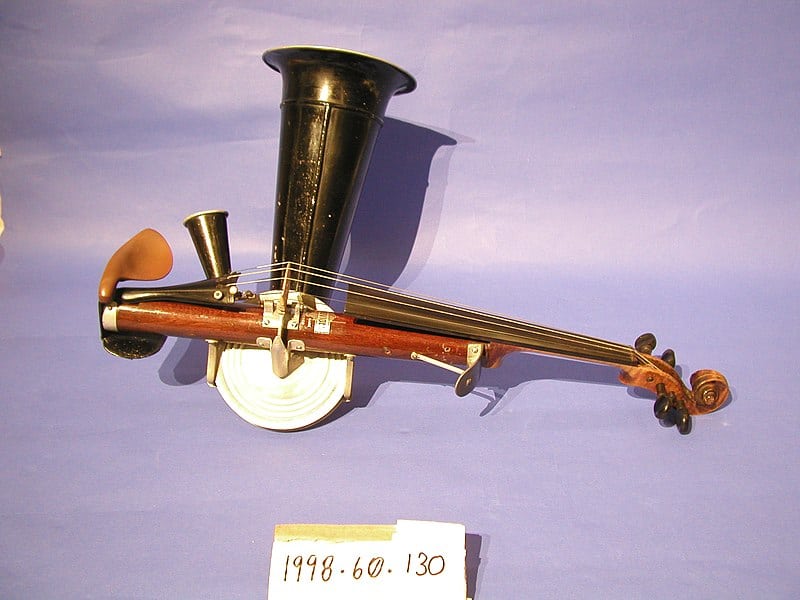
The Stroh Violin, created by John Matthias Augustus Stroh in the late 19th century, features a horn instead of a traditional wooden body. This design amplifies the sound mechanically, making it louder than conventional violins. It was used in early recording studios before electronic amplification was available. Today, the Stroh Violin is a rare curiosity, often sought by collectors and historians.
The Theremin
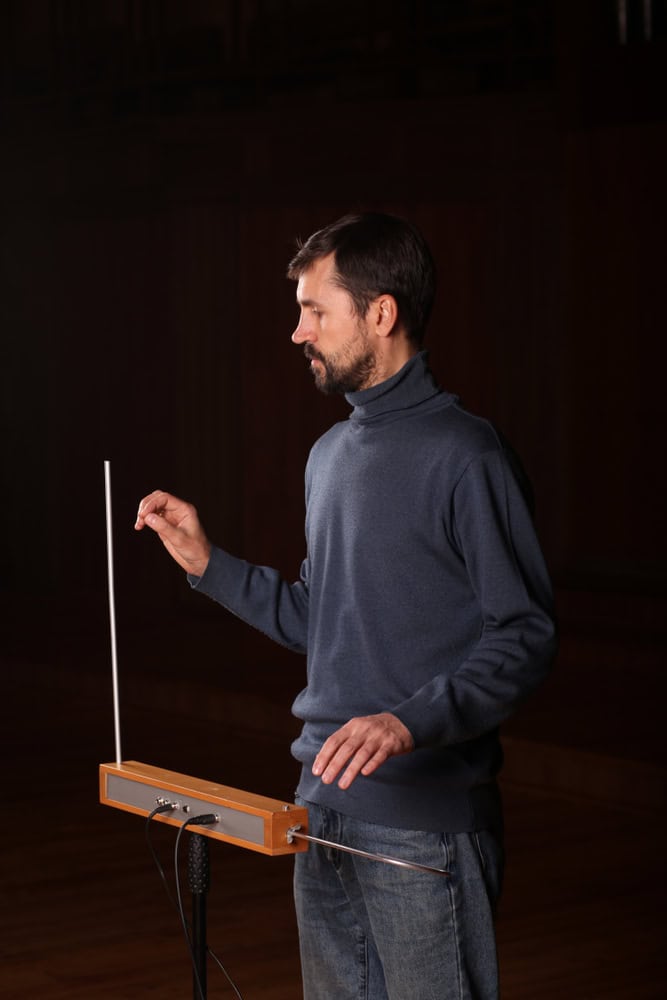
One of the earliest electronic instruments, the Theremin was invented by Russian physicist Léon Theremin in 1920. It is unique because it is played without physical contact; musicians move their hands near two metal antennas to control pitch and volume. The eerie and otherworldly sounds it produces have made it popular in film scores and experimental music, though few musicians specialize in its unique playing technique.
The Hydraulophone

A modern invention, the Hydraulophone is an instrument that uses water to produce sound. Invented by Steve Mann in the 2000s, it has a series of holes that water flows through, and when a hole is blocked, it changes the pitch of the sound produced. This rare and innovative instrument combines elements of both traditional music and contemporary technology, making it a fascinating addition to the world of music.
The Contrabassoon
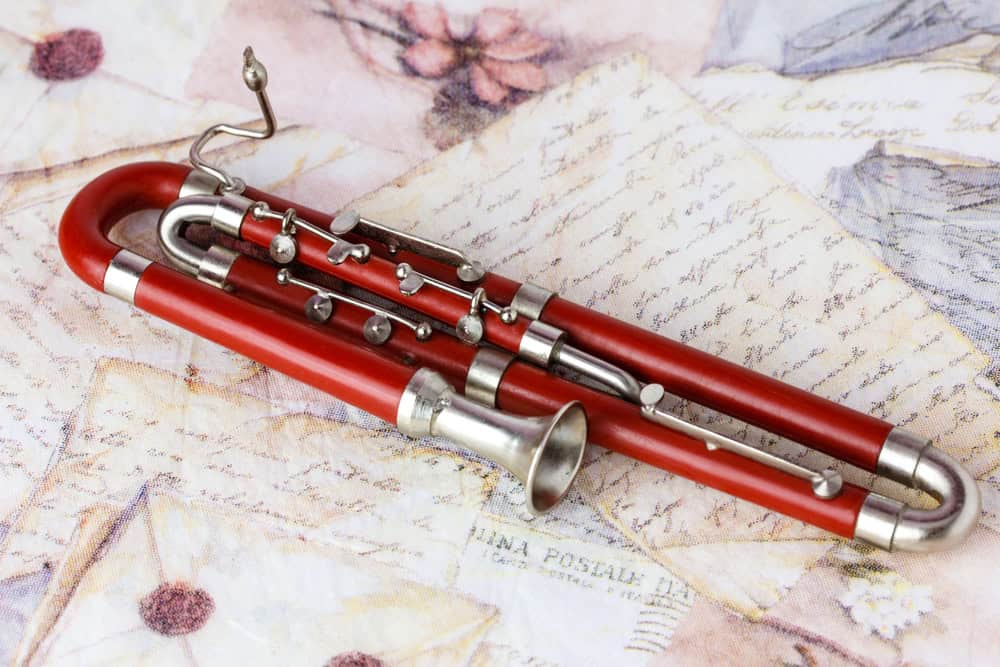
The Contrabassoon, also known as the Double Bassoon, is a large woodwind instrument that plays an octave lower than the standard bassoon. Its deep, rich tones are essential in orchestral music, but its size, complexity, and high cost make it a rare instrument. Only a few manufacturers produce contrabassoons, and they are typically custom-made for professional musicians and orchestras.
The Daxophone
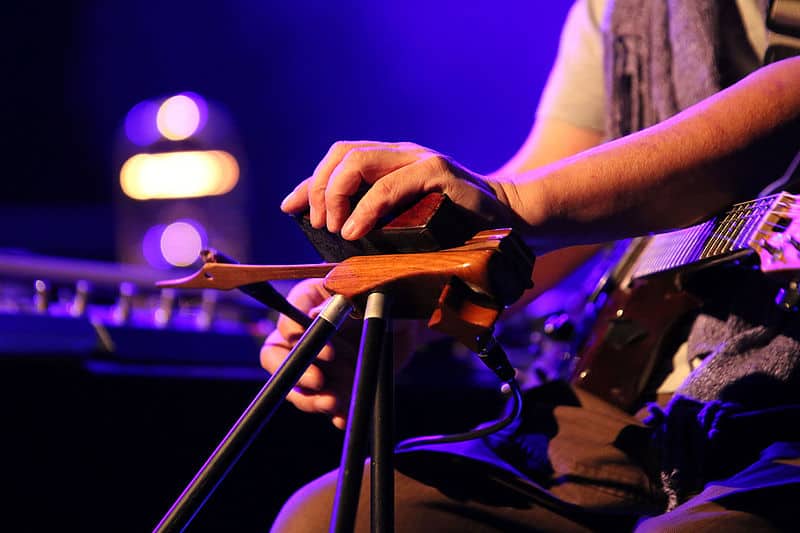
The Daxophone is a unique and experimental instrument invented by German musician Hans Reichel in the late 20th century. It consists of thin wooden strips mounted on a wooden block, played with a bow, and manipulated with a second piece called the “Dax.” Its sounds range from melodic to bizarre, mimicking animal noises and human voices. This avant-garde instrument is rare due to its niche appeal and the specialized skill required to play it.
The Viola d’Amore
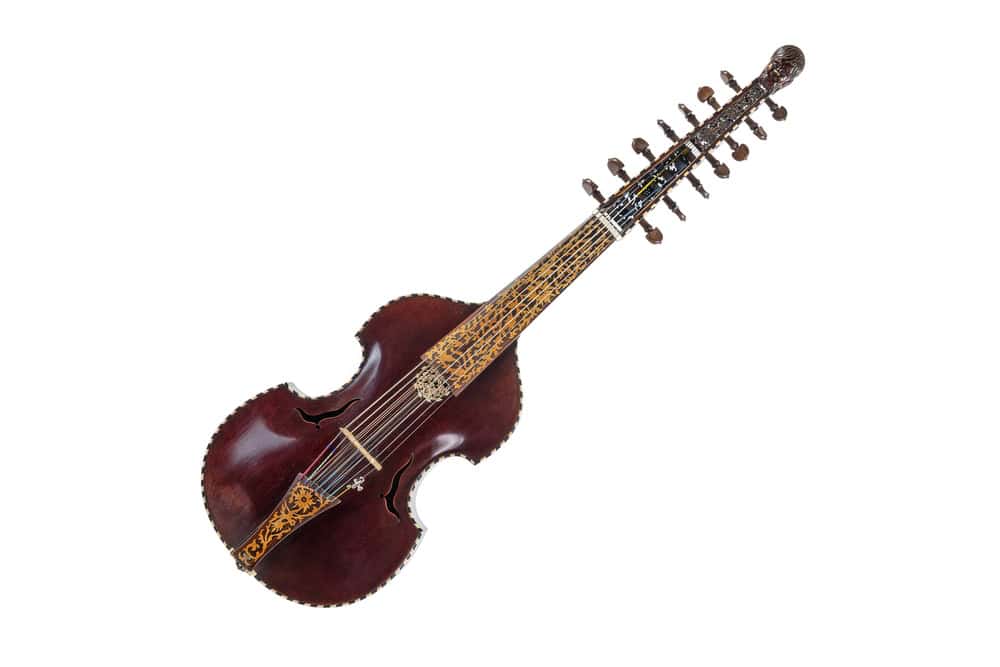
The Viola d’Amore is a historical string instrument from the Baroque period, featuring both played and sympathetic strings, which vibrate to create a resonant, rich sound. It is played like a violin but has a distinctive tone that blends the timbres of a viola and a viol. Due to its specific historical context and the complexity of its construction, it is rarely seen or played in modern times.
The Pyrophone
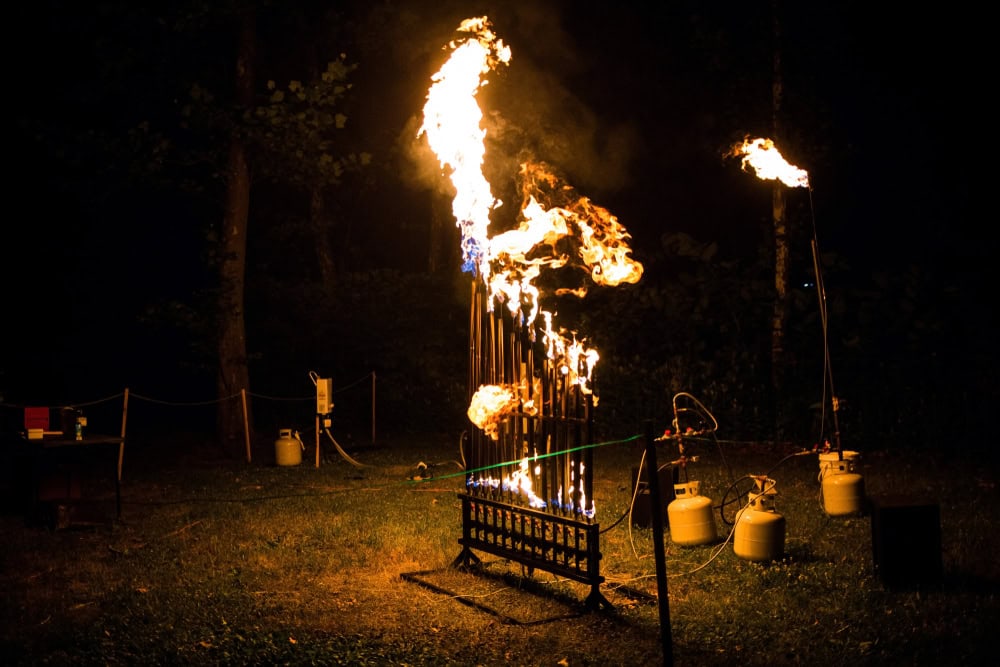
The Pyrophone, or Fire Organ, produces sound by igniting gas within glass tubes. Invented by Georges Frédéric Eugène Kastner in the 19th century, its flames create vibrations that resonate through the tubes, generating musical tones. The Pyrophone is exceptionally rare due to the dangerous nature of its operation and the specialized knowledge required to build and play it.
The Nyckelharpa
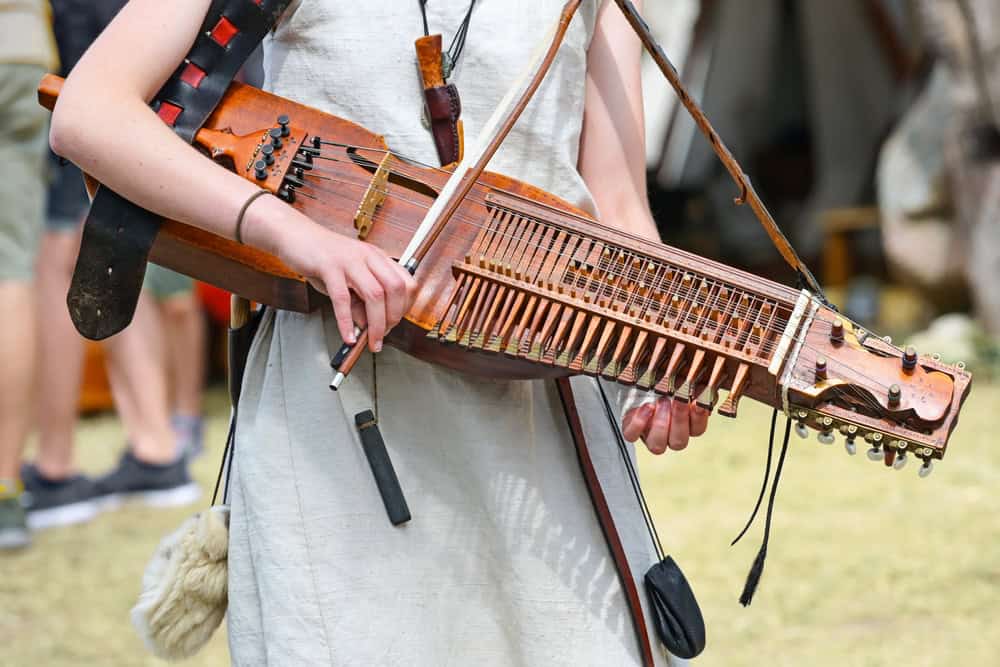
The Nyckelharpa is a traditional Swedish instrument with origins dating back to medieval times. It resembles a violin but includes a keyboard with wooden pegs that change the pitch of the strings. The Nyckelharpa produces a unique, haunting sound and is a rare find outside of Scandinavian folk music circles, though it has seen a revival in recent years among folk musicians.
The Sheng
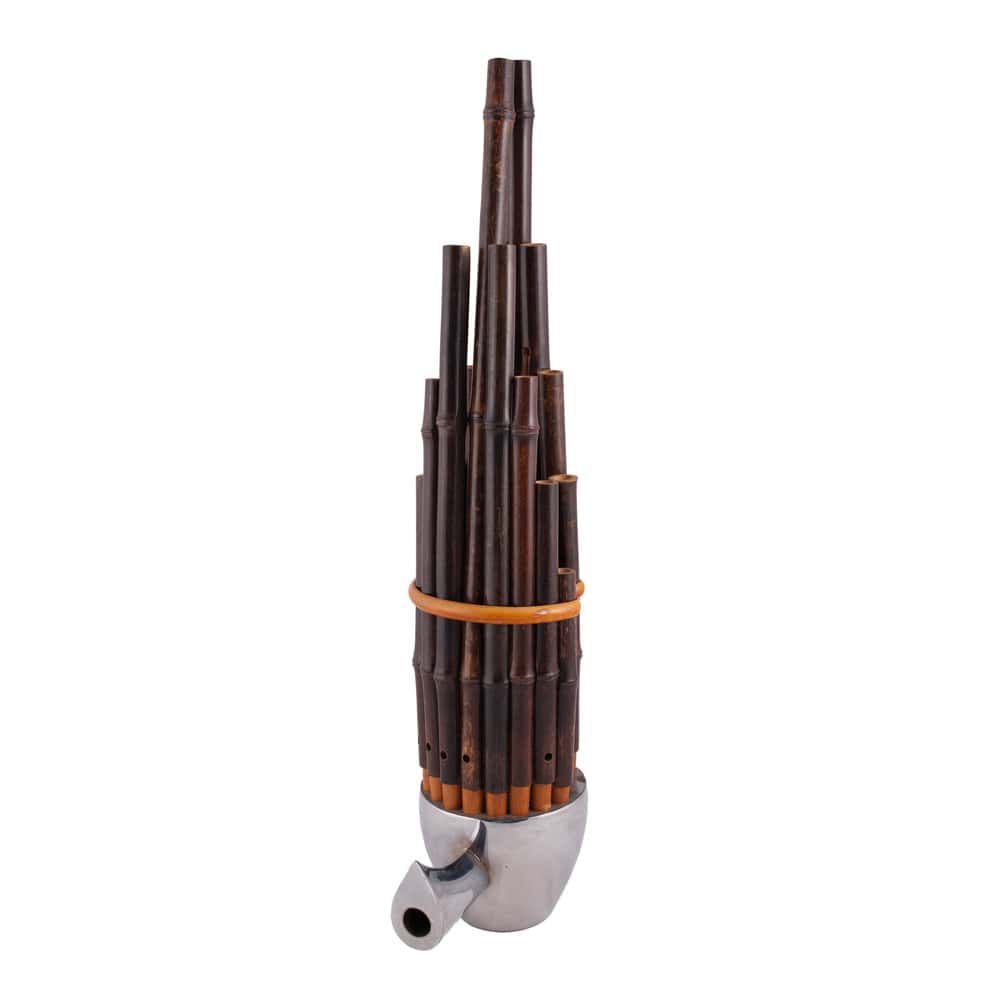
The Sheng is a Chinese mouth-blown free reed instrument with a history of over 3,000 years. It consists of a series of vertical pipes of varying lengths and produces a sound that is both rich and harmonious. Its complex design and the specialized technique required to play it make the Sheng a rare and fascinating instrument in the realm of traditional Chinese music.
The Cimbalom
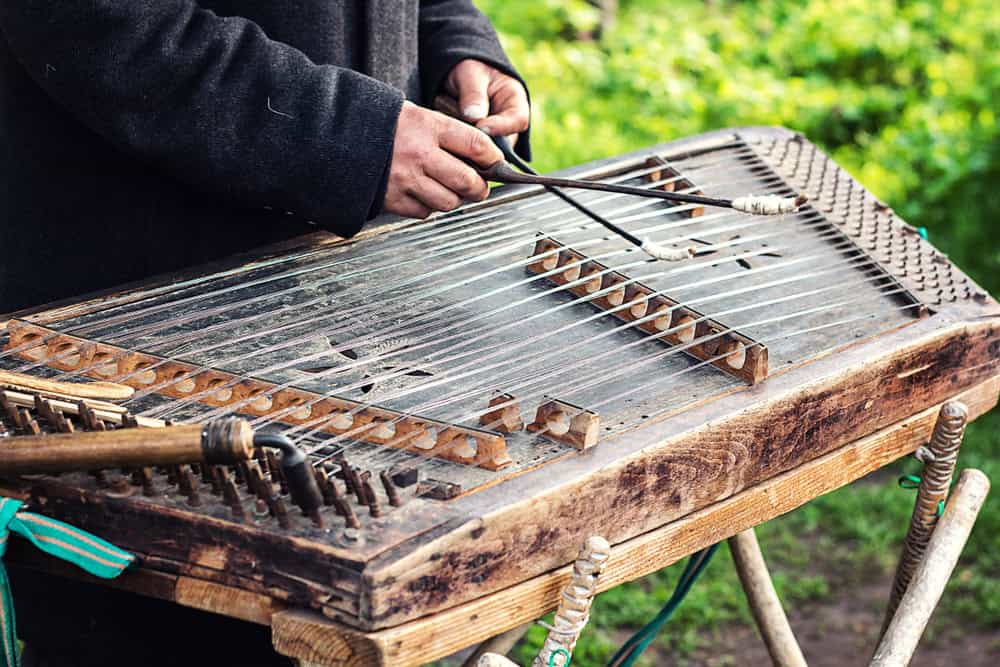
The Cimbalom is a large, trapezoidal hammered dulcimer from Central and Eastern Europe. It has a complex structure with multiple strings that are struck with mallets to produce a bright, resonant sound. The Cimbalom is rare outside its native regions and requires significant skill to master, making it a cherished but uncommon instrument in world music.
The Hardanger Fiddle
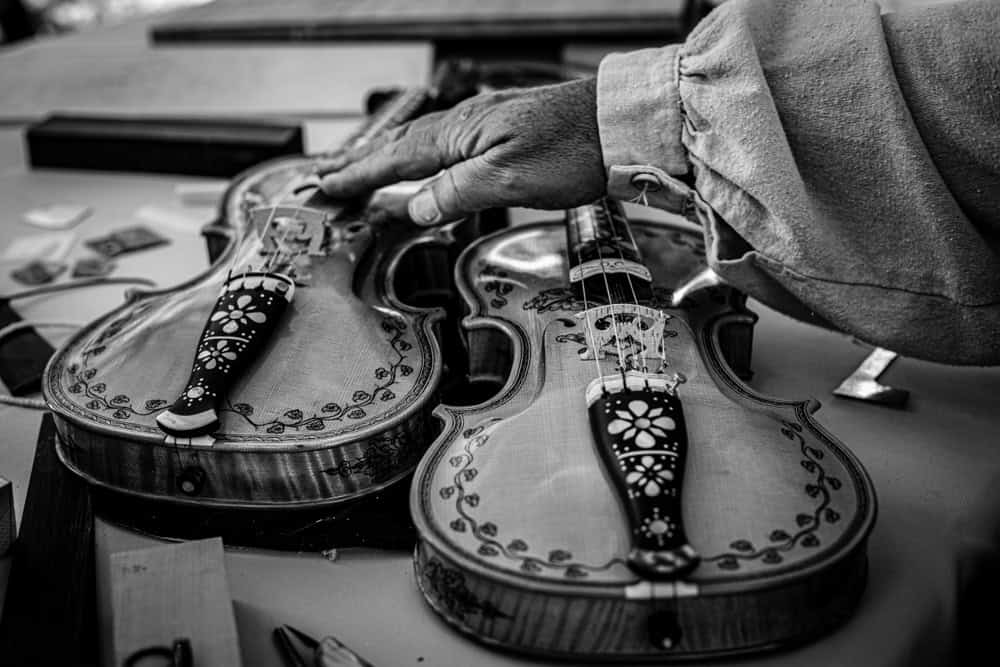
The Hardanger Fiddle, or Hardingfele, is a traditional Norwegian instrument similar to a violin but with additional sympathetic strings that create a rich, resonant sound. Its intricate decoration and unique playing technique make it a rare and treasured instrument in Norwegian folk music, often used in traditional dances and ceremonies.
The Gamelan

The Gamelan is not a single instrument but an ensemble of traditional Indonesian instruments, including metallophones, xylophones, drums, and gongs. Each Gamelan set is unique and tuned to its own scale, making it incompatible with other sets. The complexity and cultural significance of Gamelan music, along with the intricate craftsmanship of its instruments, make it a rare and fascinating part of the world’s musical heritage.
The Aeolian Harp
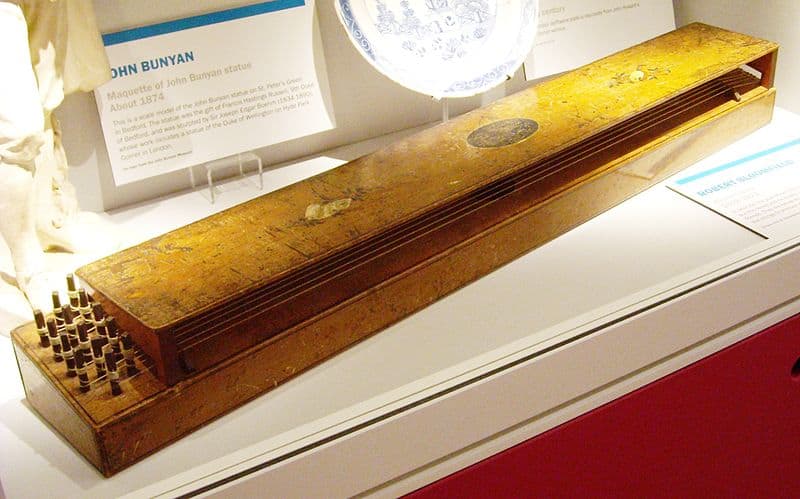
The Aeolian Harp is a stringed instrument that produces sound when wind passes through its strings. Named after Aeolus, the Greek god of wind, it has a haunting and ethereal tone that varies with the strength and direction of the wind. The instrument is rare due to its dependence on natural elements and the niche interest in its unique, ambient sound.
The Sarangi
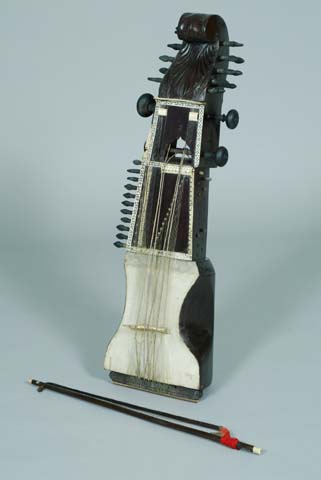
The Sarangi is a bowed string instrument from India, known for its deep, resonant sound that closely resembles the human voice. It has three main playing strings and numerous sympathetic strings. The Sarangi is challenging to play and master, leading to its rarity even within Indian classical music, where it is highly revered.
The Duduk
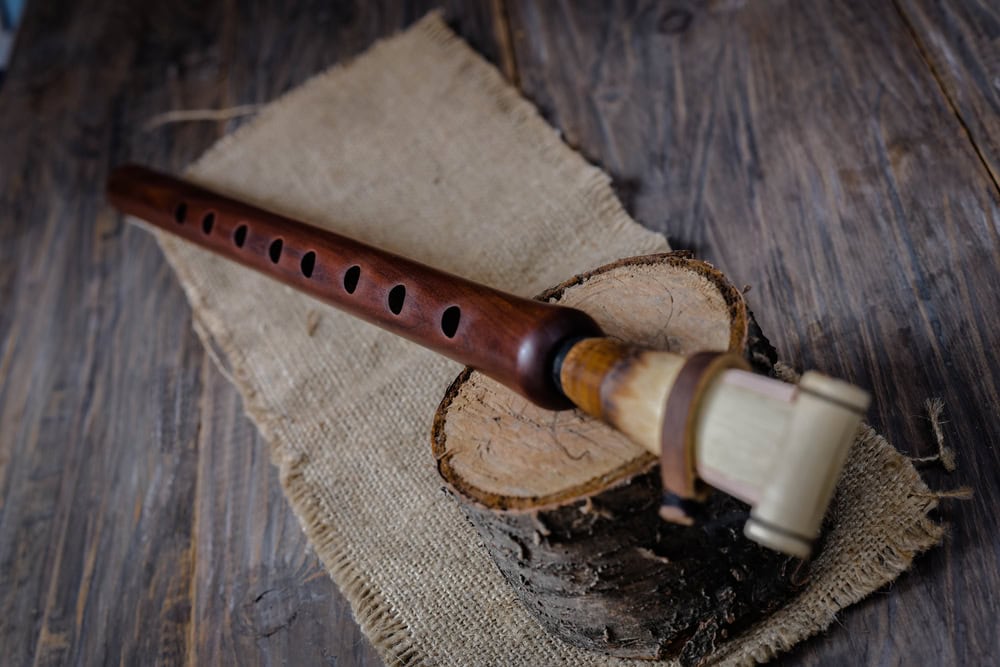
The Duduk is an ancient Armenian woodwind instrument made from apricot wood, known for its warm, melancholic tone. It has a double reed and is typically used in traditional Armenian music to convey deep emotions. The Duduk’s distinctive sound and the specialized skill required to play it make it a rare and treasured instrument.
The Hang Drum
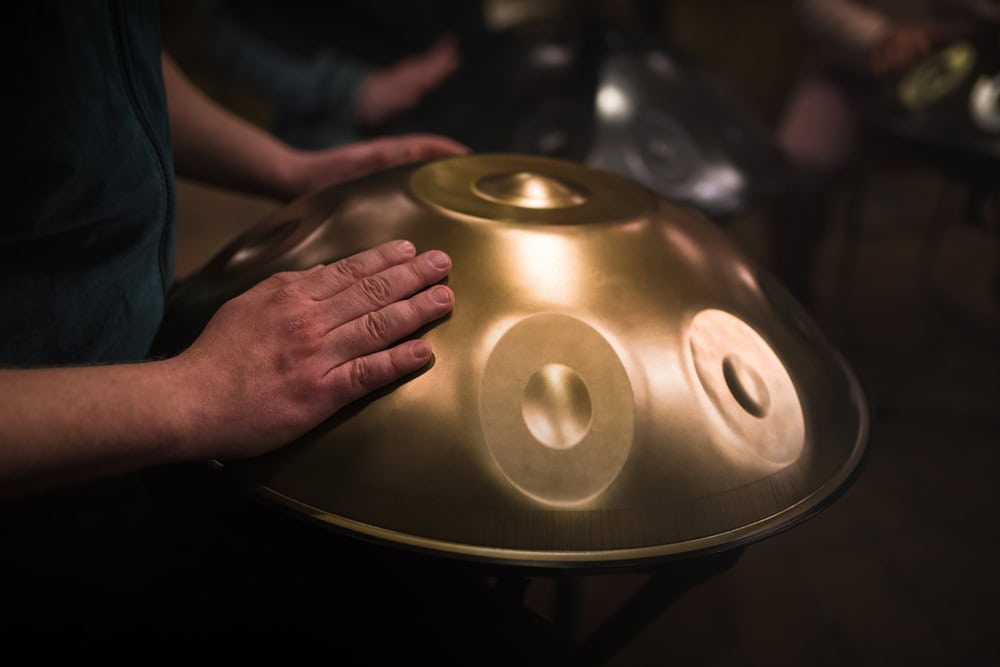
The Hang Drum, or Hang, is a modern percussion instrument invented in Switzerland in the early 2000s. It consists of two half-shells of steel, tuned to produce a wide range of harmonic tones when struck with the hands. Its unique sound and the limited number of instruments produced make the Hang Drum a rare and coveted instrument in the music world.
The Serpent
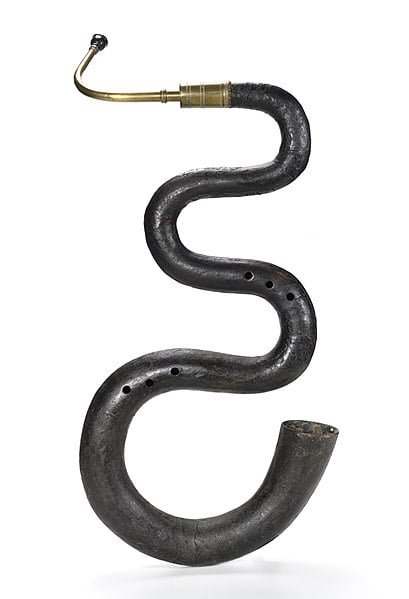
The Serpent is a bass wind instrument that dates back to the Renaissance period. It is shaped like a snake and made from wood, with a mouthpiece similar to that of a brass instrument. Its deep, resonant sound was used in church music and early orchestras. Due to its unusual shape and playing technique, it is now a rare and mostly historical instrument, seldom seen or heard in contemporary music.
This article originally appeared on Rarest.org.
More From Rarest.Org
Parent company Wizards of the Coast, which also owns Dungeons and Dragons, debuted the Magic the Gathering card game in 1993 with the Limited Edition Alpha Set. Read more.
Wagyu beef, renowned for its luxurious marbling and unparalleled tenderness, stands as the epitome of high-quality meat. Originating from Japan, where meticulous breeding techniques and careful feeding regimens elevate its flavor and texture, Wagyu has garnered a global reputation. Read more.
Paris, often hailed as the city of light, is synonymous with romance, culture, and unparalleled luxury. It is home to some of the world’s most lavish hotels, where opulence and grandeur meet to create unforgettable experiences. Read more.



